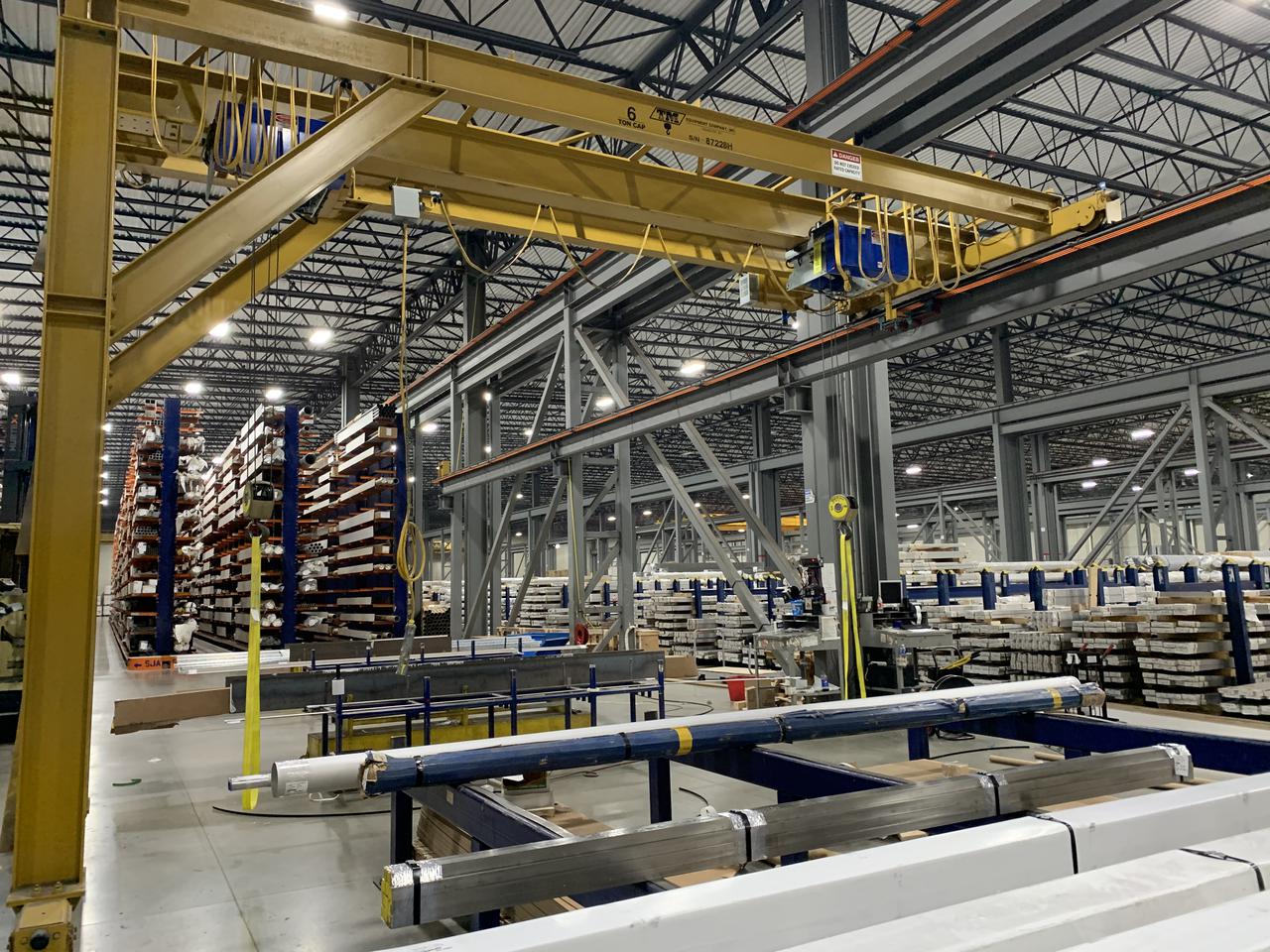
When it comes to lifting and moving things within your warehouse, several different types of lifting equipment are available. However, for maximized efficiency and productivity, there are only two options to consider: overhead cranes and lifts. Still, it is difficult to understand which is better suited for your facility and business needs. Fortunately, at T&M Cranes, we can help. Since 1979, we have provided the leading crane and lift services in Illinois and Indiana. Our unparalleled expertise and knowledge are only matched by our unequaled customer service.
Here are the pros and cons of different types of lifting equipment:

Overhead cranes offer significant advantages. Firstly, overhead cranes boast incomparable longevity and can last up to 65 years.
Overhead cranes are custom built and designed for the specific application you use them for, enabling them to outlast other types of lifting equipment. Overhead cranes are also safer. Overhead cranes are integrated into the structure of your building and move above all its contents, which prevents accidents.
Overhead cranes also enable you to maximize your space. Cranes move things above your facility’s contents, so you can maximize your space and optimize its usage. More importantly, overhead cranes can lift significantly heavier weights no matter how high they lift the load.
Still, like all types of lifting equipment, overhead cranes have disadvantages, too. Overhead cranes require a considerable initial investment. Moreover, overhead cranes are large.
Depending on the type of crane, your building may require modifications and additional support columns to be built, which is an added investment and occupies significant space. Plus, cranes become part of a building’s structure and are practically permanent. A crane's size and permanence often render it impossible to move the crane from one facility to another.
Lastly, to make room for overhead cranes and provide the mobility they need, storage racks need to be shorter, which reduces storage capacity.
One benefit of lifts is their size and mobility. Forklifts are smaller and can operate in narrower spaces.
More importantly, they are not fixed in a single position and are mobile. Lifts aren’t restricted by their pre-designed range of motion to execute tasks, which can be significant in some work environments. Also, forklifts are cheaper initial investments than cranes.
Moreover, forklifts still provide enhanced safety and productivity to warehouses compared to having no lifting equipment.
Still, it’s important to consider the disadvantages of lifts. Lifts have a short life expectancy and last 10-15 years.
While they are a cheaper initial investment, due to the need for more frequent replacements and maintenance, the long-term cost of a lift can eclipse that of an overhead crane. Plus, while forklifts can extend up to 18 feet, the further they extend, the more their lifting capacity decreases.
Also, the higher a lift raises heavier loads, the more dangerous it is to lift them. Moreover, forklifts often mistakenly damage the warehouse environment, which results in significant monthly repair costs. Lifts require more labor, too.
Forklifts need two people to operate them, with one operating the machine while the other helps rig the load and spot for the driver and operator.
If you are still unsure what to choose when considering different types of lifting equipment, at T&M Cranes, we are the premier lifting equipment supplier in Illinois and Indiana. We can help find and design the perfect solution for your needs and budget. As a family-owned and operated business, we treat each customer like kin. Our experience, expertise, knowledge, and 24/7 service team can turn your lifting equipment into a profit center. Get in touch now to get started!